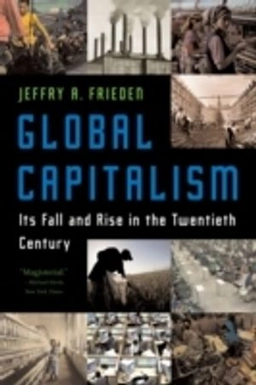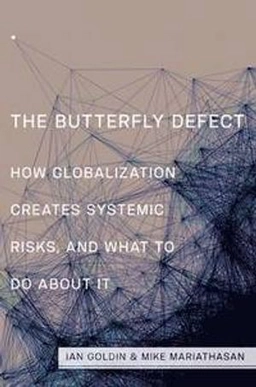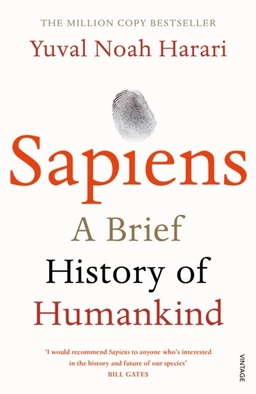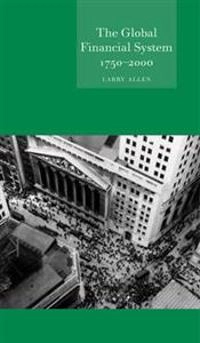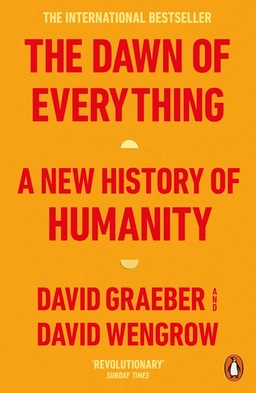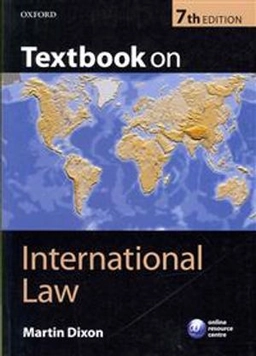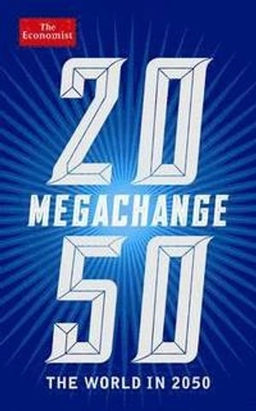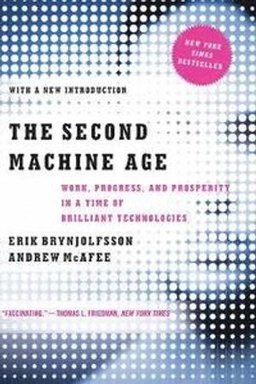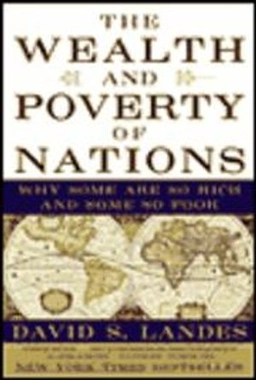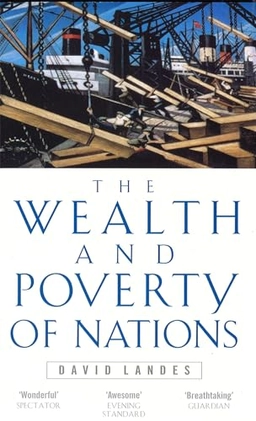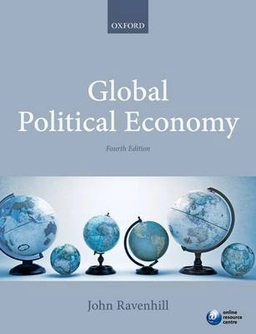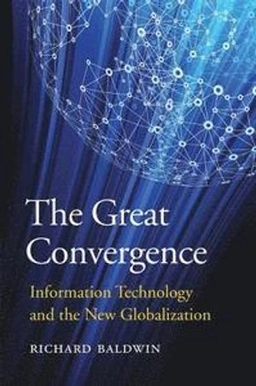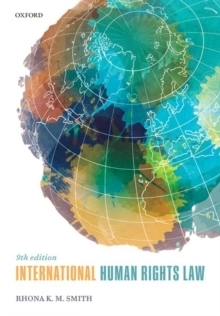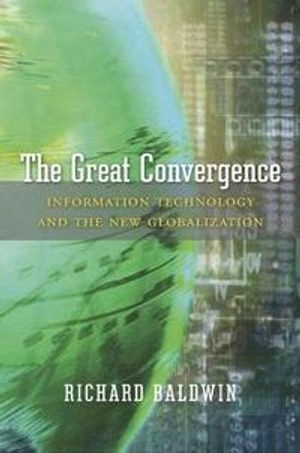

The great convergence : information technology and the new globalizationUpplaga 6
- Upplaga: 6e upplagan
- Utgiven: 2016
- ISBN: 9780674660489
- Sidor: 344 st
- Förlag: Cambridge, Mass. Belknap Press
- Format: Inbunden
- Språk: Engelska
Om boken
Åtkomstkoder och digitalt tilläggsmaterial garanteras inte med begagnade böcker
Mer om The great convergence : information technology and the new globalization (2016)
2016 släpptes boken The great convergence : information technology and the new globalization skriven av Richard E. Baldwin. Det är den 6e upplagan av kursboken. Den är skriven på engelska och består av 344 sidor. Förlaget bakom boken är Cambridge, Mass. Belknap Press.
Köp boken The great convergence : information technology and the new globalization på Studentapan och spara pengar.
Referera till The great convergence : information technology and the new globalization (Upplaga 6)
Harvard
Oxford
APA
Vancouver

